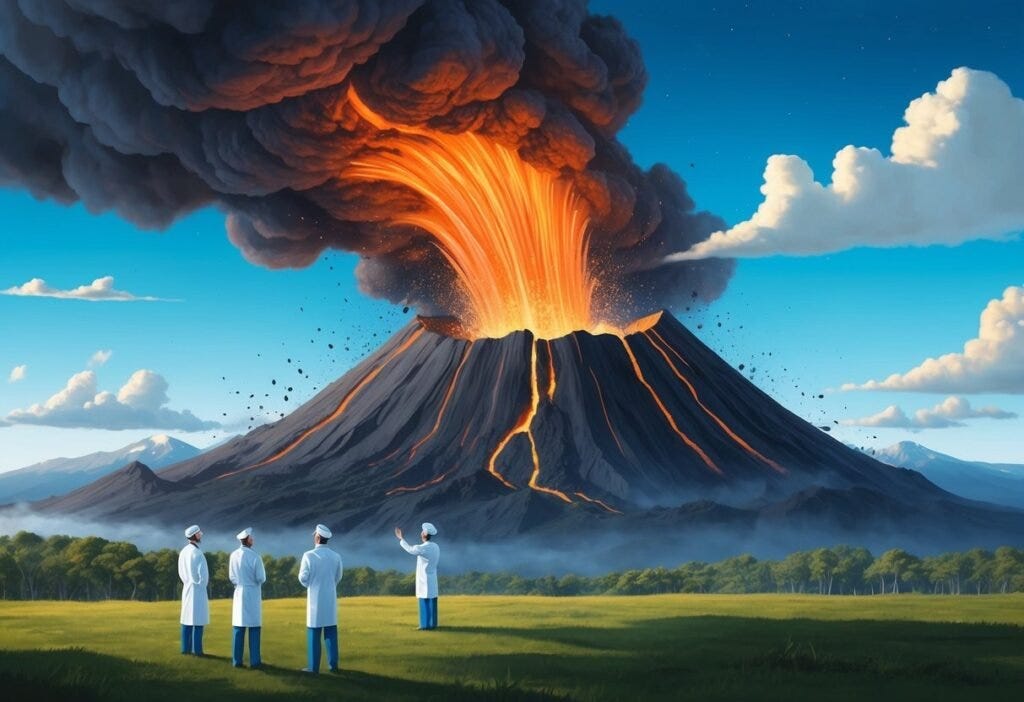Reducing Volcanic Activity
Written by Aanya Deshpande
Introduction:
As a member of my middle school’s Future Cities competition team, we had the task of researching ways to prevent and adapt to climate change. One of the ways the team researched was to reduce volcanic activity to reduce the heat that it spreads around our planet.
Problem:
As a leading factor contributing to climate change, volcanic eruptions are heating up our planet with each explosion. The temperature of these eruptions can linger at about 1000-1200 Celsius per eruption. With such drastic differences in temperature, our Earth is bound to experience global warming. The temperature difference is not only increasing the heat, but the plums of ash clouds that cover the sky also block the sun; which reduces the temperature drastically. In place of fearing these volcanoes, we can begin drilling vents into the hundreds of active volcanoes around the globe.
Solution:
In a similar way to NASA's current plan to defuse Yellowstone's super-volcano, drilling holes or cooling the volcanoes could reduce eruptions. Ultimately, the rising heat within the volcano is what causes these eruptions in the first place. The pressure builds up day by day until the volcano overpowers the container and thus explodes. Essentially, by drilling wells, 6-10 kilometers, around the perimeter of the volcano, the pressure build-up can escape.
Option 2:
Continuing to use those already made wells, by pumping cold water into the water (via the wells). This would be able to cool the magma, leading to minimal explosions. This second option/solution not only reduces the explosion rate, but it can also heat up water to an extreme temperature, thus being able to be used as a kind of hydroelectric power.
Benefits:
This can save thousands of lives, livestock, and businesses, as well as provide electricity for neighboring areas for thousands upon thousands of years. How? By using a generator that is connected to the inner areas of the volcano. The entire project is a huge geothermal plantation but will end with a good cause. Essentially, this entire project doesn't just benefit the world by slowing down climate change, but it can also power cities, neighborhoods, and more.
Written by Aanya Deshpande from MEDILOQUY


